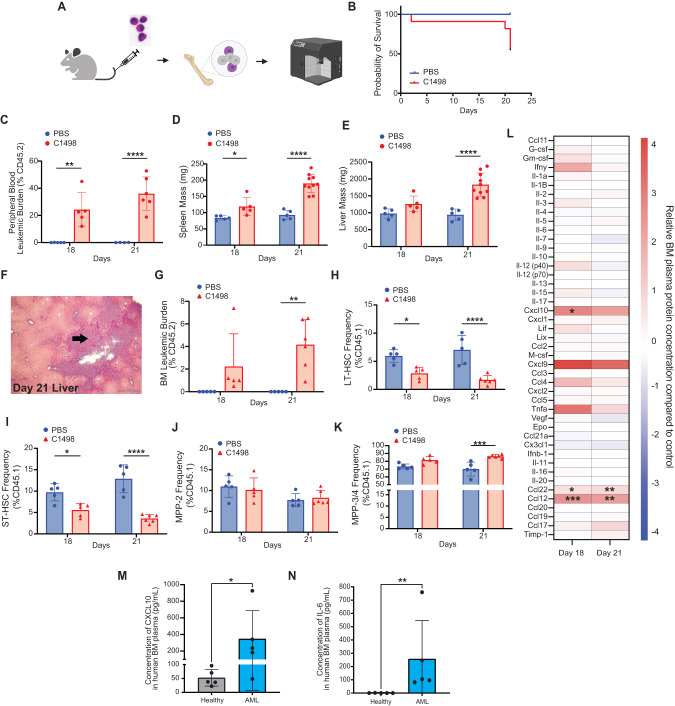Fig. 1. AML elicits compartmental inflammation in BM microenvironment.
A Schematic of the experimental approach utilizing C1498 AML mouse model (n = 5). Endpoint analyses were performed 18- and 21-days post C1498 injection. B Survival probability C1498-engrafted mice compared to control. Detectable leukemic burden in PB (C), changes in spleen (D) and liver size (E), and evidence of extramedullary leukemic burden in liver (F) in C1498-engrafted mice. Detectable leukemic burden in BM (G), and analysis of residual HSPC subpopulation: LT-HSC (H), ST-HSC (I), MPP-2 (J), and MPP-3/4 (K) in C1498-engrafted mice. L Multiplex analysis of BM plasma in C1498-engrafted mice showed upregulated pro-inflammatory cytokine production compared to control. Validation studies using human BM plasma samples showed elevated pro-inflammatory cytokines, CXCL10 (M) and IL-6 (N) (n = 5). Values expressed as mean ± standard deviation (s.d.), Statistical significance was calculated using ANOVA. *p < 0.05; **P < 0.01; ***P < 0.001.

